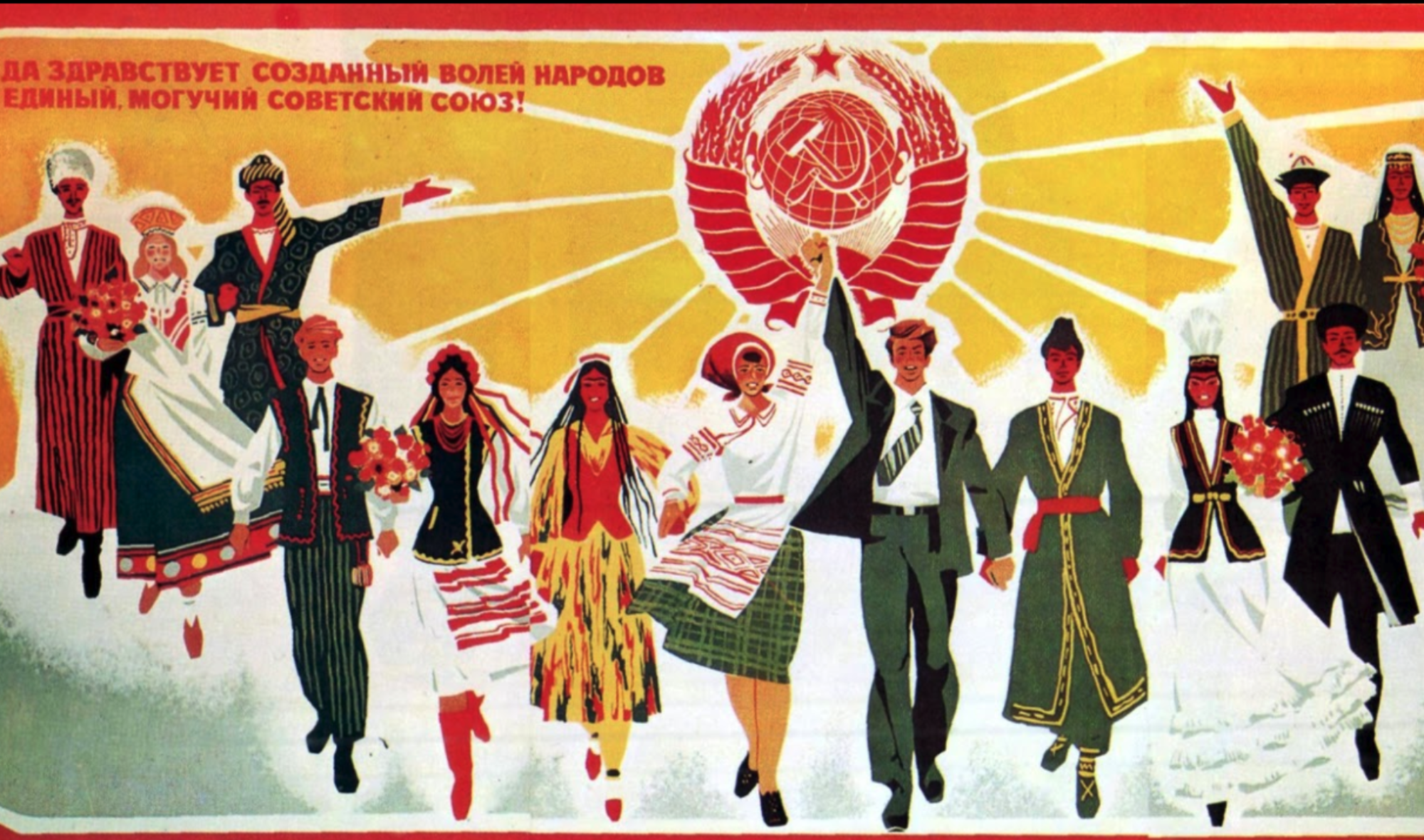As we have progressed chronologically in Soviet history we have been encountering more direct examples of communist repression and persecution. Encountering things identifying as ‘great’ but were far from it such as the Great Famine, Purge, and Terror. Apart of the odious apparatus of Soviet persecution was the collectivization campaign of course, and in the reading we discern that this had a cultural aspect of it with the suppression of the avant garde Ukrainian art movement. In these chapters we are described the formation of a distinct cultural epicenter in Soviet Ukraine. This was due to the unique cultural landscape of the region, being made up of Jews, Poles, Russians, and Ukrainians. Investments in the imperial Southwest by Catherine the Great into the humanities of Odessa created a burgeoning artistic center. “But Odesa, in fact, belongs to a greater cultural phenomenon of the entire region. Multi-ethnic interactions in the small towns and cities throughout the southwestern provinces inspired and shaped the many artists featured in this book” (Fowler 29) This hub of cultural in Soviet periphery provided a different type of artistry than that offered in Moscow due to cultural differences in the region. As with most other situations that we have evaluated in the Soviet Union this group will suppressed in the name of party and state interests so it leads me to the questions of,
How was Ukraine’s diversity a blessing and a curse? How does multilinguality of the art from the region affect how Soviets should perceive it?Do ethnically diverse metropolitan regions intrinsically pose a threat to authoritarian rule?Do these artists by the nature of them not being outlets of the state therefore present a threat to Soviet national security? Or is state funded and controlled propaganda the only art that can coalesce to party interests? Specifically in relation to the Stalinist Soviet state.


Response to: Do ethnically diverse metropolitan regions intrinsically pose a threat to authoritarian rule?
I think any sort of diversity among populations hurts authoritarian rule. Because of the modes of fear that an authoritarian state deals in, they have to unify a population base somehow. That is tricky when there are diverse segments that overlap in different area. It boils down to: what part of the venn diagram are we going to attack, and the thing about venn diagrams is that there is always a connection to the whole somewhere.